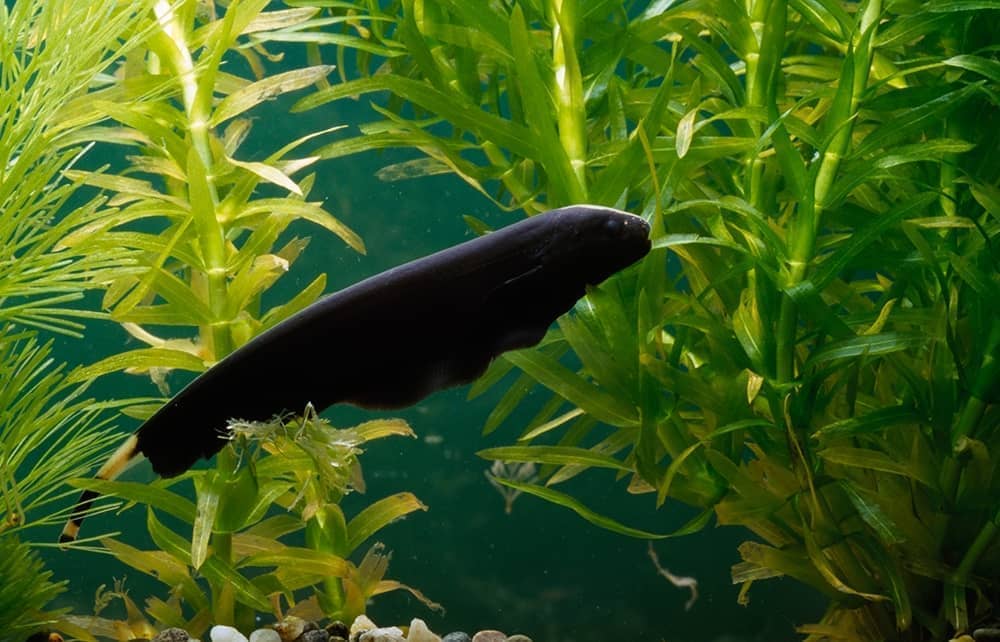In the Zhuangzi, a collection of tales attributed to the eponymous 4th-century BC Chinese philosopher, a frog that lives in a well boasts about its comfortable way of life to a visiting sea turtle. When the turtle describes its own existence in the vast expanse of the ocean, however, the frog has no idea what to make of it. The story is, of course, a humorous parable about typical human limitations and the possibility of stepping beyond them. But it could serve almost as well as an introduction to Ed Yong’s new book, which confirms in rich detail what Zhuangzi intuited: the nature and range of different forms of animal perception is astounding, and a greater appreciation of them has the potential to enrich human life.
Yong, a staff writer for the Atlantic magazine and the winner of a Pulitzer Prize last year for his reporting on Covid-19, is the author of I Contain Multitudes, a guide to the micro-biome – that is, the diversity of microbial life on which humans and other animals depend. The book, published in 2017 and based on extensive interviews and field visits as well as historical research, explored remarkable discoveries right up to the cutting edge of science. It was characterised by efficient, witty prose and a sense of fascination and delight – a hallmark technique that has become known as ‘Ed-splaining’ – and was a popular- science bestseller. An Immense World applies the same formula to what looks likely to be comparable effect.
So we read that a fourth type of cone cell in the eyes of hummingbirds unlocks an entirely new dimension of colour, including UV-red, UV-green, UV-yellow and UV-purple – which Yong felicitously names ‘rurple’, ‘grurple’, ‘yurple’ and ‘ultra-purple’; that by sending vibrations through plant stems, insects called treehoppers make a mating call as low as that of an alligator, even though they are less than a millionth their size; and that black ghost knifefish swim backwards with confidence, thanks to a wraparound sense of electrolocation.
Black ghost knifefish swim backwards with confidence, thanks to a wraparound sense of electrolocation
Examples abound. Yong reports that in addition to having highly attuned hearing, elephants have an extremely well-developed sense of smell and are able to detect the faintest odours that escape even the most sensitive dogs. Researchers speculate that elephants may guide their long migrations using ‘smell memories of landscapes, terrain, pathways, mineral and salt sources, waterholes, distant rain or flooding rivers and tree odours’. We also learn that the high-pitched sounds bats make during echolocation are so loud they would deafen themselves if they did not contract special muscles in their ears each time they call, before releasing them to detect its echo. Bats do this up to 200 times a second, using the fastest known muscles in any animal, and can discern differences in echo delay of just one- or two-millionths of a second, which translates to a physical distance of less than a millimetre.
And so the book goes on across a dozen chapters, each of which documents startling discoveries in relation to the five ‘Aristotelian’ senses of sight, hearing, touch, taste and smell, as well as others, such as the ability to detect pain, heat, echoes and magnetic fields.
Yong concludes with a stark account of the damage inflicted by current patterns of human activity on the life worlds, or Umwelten, of other animals, stating that we have instigated an era of biological annihilation comparable to the five great mass-extinction events of prehistory. And this sense of catastrophe also looms over Sounds Wild and Broken by David George Haskell, an account of the role that sound has played in the evolution and abundance of life on Earth over its billions of years of history.
Haskell, a professor of biology and environmental studies and the author of two celebrated books of natural history, The Forest Unseen and The Songs of Trees, tends to the meditative and celebratory. He writes:
Sound is a great connector among animals. A song or call links one creature to another almost instantaneously, like a telepathic signal that passes through dense vegetation and the darkest night. Sound also discloses the state of the non-animal world: the sonic textures of wind in trees, flowing water and geologic rumblings all unite attentive ears to the energies and stories unfolding around us.
One of the strongest chapters in Haskell’s new book, however, is also its most dismal, as he documents the sheer scale of damage inflicted on life in the oceans by human noise. Unnecessarily loud shipping and seismic exploration for oil under the seabed disorientates and deafens whales as well as many other creatures, including plankton at the base of the food chain. The good news is that remedies are relatively easy to achieve – at least in comparison with ocean warming and the loads of toxins and plastic that we are dumping in the seas.
Like Zhuangzi, both Yong and Haskell entreat us to imagine more carefully. Contrary to the idea entertained by the philosopher Thomas Nagel in a 1974 essay that we may never be able to tell what it is like to be a bat (or any non-human animal), they demonstrate in rich detail that, as Yong phrases it:
Through patient observation, through the technologies at our disposal, through scientific method, and, above all else, through our curiosity and imagination, we can try to step into their worlds.
The reward, potentially, is a world more wondrous and beautiful, and a more hopeful story for the human future.






Comments